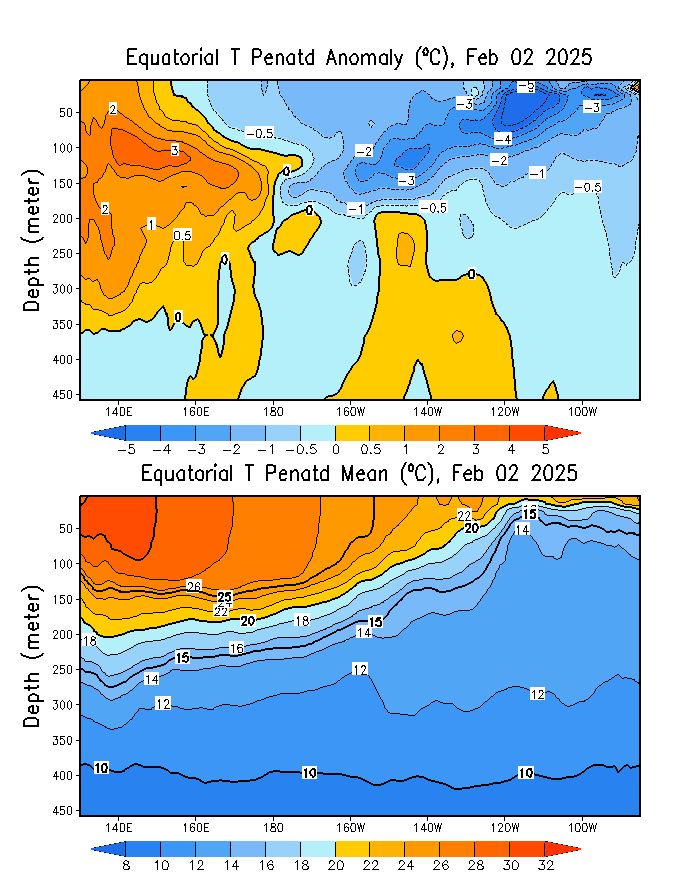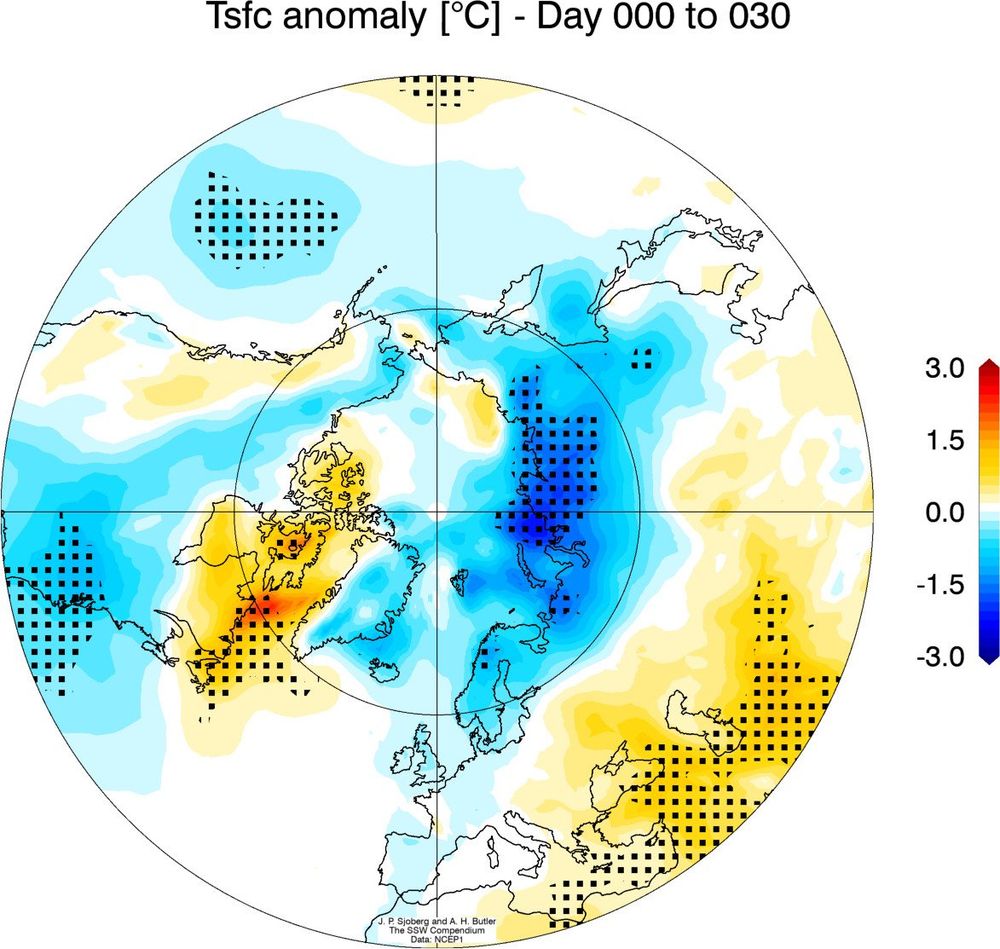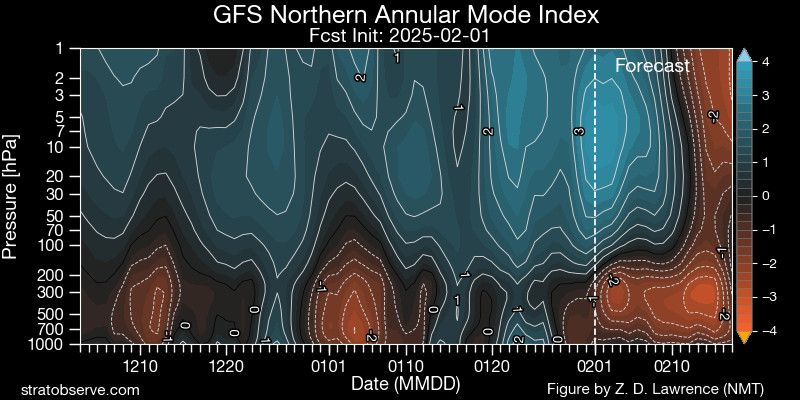
University of Wisconsin AOS 🇨🇦🇺🇸





Feb 2020: Predicted Warm Neutral -> got La Niña
Feb 2021: Predicted Neutral -> got double dip La Niña
Feb 2022: Predicted Neutral -> got triple dip La Niña




Feb 2020: Predicted Warm Neutral -> got La Niña
Feb 2021: Predicted Neutral -> got double dip La Niña
Feb 2022: Predicted Neutral -> got triple dip La Niña









